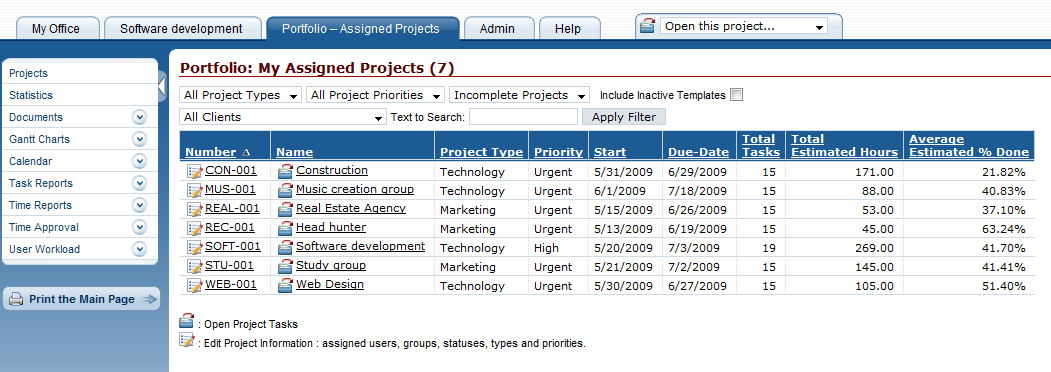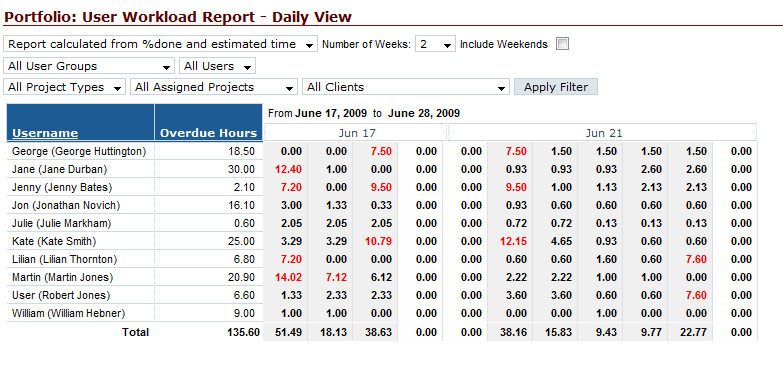About tools and flexibility
Whenever someone wants a walk through of AceProject, I am the one who sets up the web meetings and shows them how they can manage their projects and their clients efficiently with our system. I have been giving demos every week for the last 18 months, and I have yet to see two clients with the same needs. Of course, the higher-level needs are more common (collaboration, project management, document management, etc.) But how each client wants to implement this processes in their organization is different every time.
Now AceProject is a tool. It’s something that will help you get things done. It’s not going to do the work for you. It’s not going to force you to go things a certain way.
All tools should be flexible. Not everyone who wants to manage projects needs milestones. Not everyone wants dependencies.
Each organization is unique, and each project manager is unique. Project management tools should accommodate this uniqueness in their product. After all, who are we to tell you how to run your business?


